Do you know a photography enthusiast? Someone who insists on spending countless hours of every vacation setting up the perfect shots? Someone who, anytime you snap a quick iPhone photo of him is likely to have a DSLR up to his eye?
This is exactly what my husband is like. I have had to learn to wait patiently when we visit new places while he gets great photos. And they are wonderful! I’m so grateful that he makes sure to create these beautiful images that I’m too impatient to take for myself.
Over the years, I’ve wondered how he does it. Why are the pictures he takes with his camera so much better than the ones I get with my cheap little point-and-shoot? How does he choose the right camera settings for different scenes? He has tried to explain it to me several times, but I could never remember. Why does he like it so much? I finally decided to take a photography class and learn for myself!
This winter, I’m taking Beginning Digital Photography with Marty Rose Springer of Writing with Light Photography. I’m pleased to report that it’s a ton of fun, and after a few weeks I have a pretty good grasp on all the different manual settings of the DSLR. By the way, I would highly recommend taking a class with Marty if you live in the Bay Area. She is a patient and generous teacher who enjoys empowering her students to capture what they see in the world with their cameras.
Last week in class we had a still life workshop where we worked with different camera settings with each scene. In the rest of this post I’ll share some of the photos I took. All photos have been minimally edited in Photoshop Elements 12.
First, here’s a look at how different color modes (“picture effects”) change the way the colors look. I find that it’s easiest to see the difference in the blue spool and the bright yellow spool (middle row, right). I really like how the blue spool is deep and vivid in the lower right picture, especially compared to the almost teal look of the same spool in the lower left picture.




Next up is exposure compensation. This setting basically increases or decreases the amount of light in the image. This one is pretty fun because the effect is so obvious in the white garlic on the black background. The first image has exposure compensation of -2, the second -1, up to +2 for the last image in the set. Obviously, the last couple images are overexposed and look terrible, but it’s a fun exercise that clearly demonstrates what the setting does. My favorite out of this set is the first one, since the details of the garlic heads are easy to see and the black background is very dark to provide high contrast.
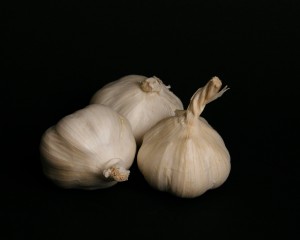
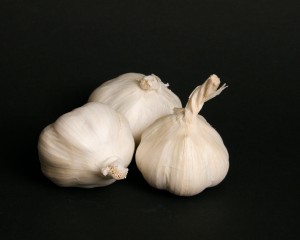
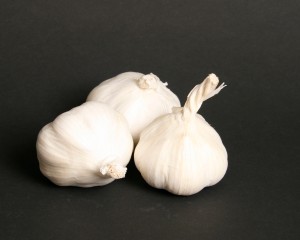
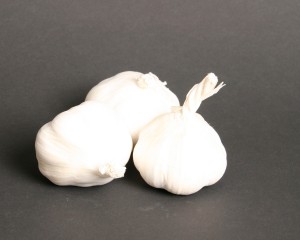

Another effect that is easy to see is the white balance. Typically this is easy to edit later, but knowing how to set a decent white balance to begin with can make the original pictures look better. Here are several examples of different white balances, some of which look ok and some of which are clearly not right for the lighting of the room. Which kiwi photo do you like the best?




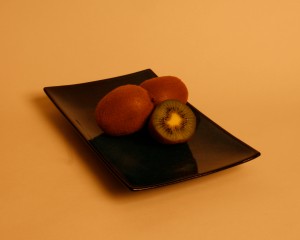


The depth of field is a key component of any photograph setup. Below is a comparison of two different depth of field (f-stop) settings. The left image has small depth of field (f/5.6) so the ninjas in the back are blurry. The right image has a longer depth of field (f/11), which makes the back ninjas more in focus. Unfortunately I had to use manual focus for these pictures, so neither one is focused as well as I would like, but you get the idea.


Sometimes playing around with shutter timing is fun. Here’s an example of what you can capture with a long exposure of 5 seconds. The red lines came from a laser pointer!

Finally, one of my favorite images of the night is this closeup of some peacock feathers. I love how bold the colors are, while the feather bits are wispy and delicate.
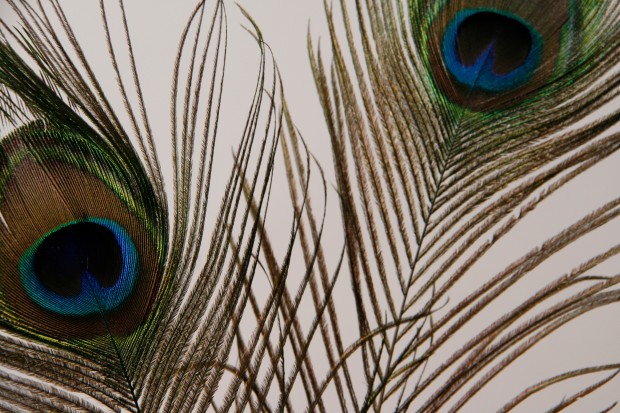
I hope you enjoyed seeing some of the things I’ve been working on with my photography. At the very least, this class is helping me to improve my skills so I can take better pictures of the things I make. Plus now I’ll have to fight my husband for the camera on vacation!
Do you know a photography enthusiast? Someone who insists on spending countless hours of every vacation setting up the perfect shots? Someone who, anytime you snap a quick iPhone photo of him is likely to have a DSLR up to his eye?
Yes, I do!
LikeLike
Meaghan, if anyone understands this sentiment, it’s you! 🙂
LikeLike